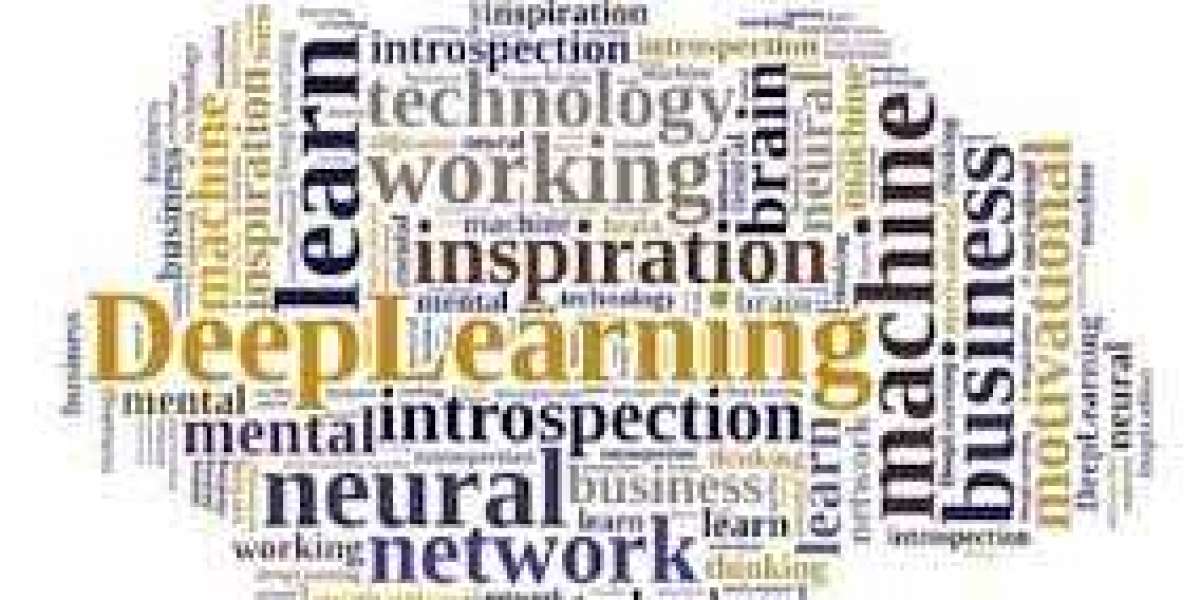Artificial Intelligence is the study of how to train the computers so that computers can do things which at present human can do better. Machine Learning is said to learn from experience E w.r.t some class of task T and a performance measure P if learners performance at the task in the class as measured by P improves with experiences. AI as a service (AIaaS) Because hardware, software and staffing costs for AI can be expensive, many vendors are including AI components in their standard offerings or providing access to artificial intelligence as a service platforms. AIaaS allows individuals and companies to experiment with AI for various business purposes and sample multiple platforms before making a commitment.
AI can be categorized as either weak or strong. Weak AI, also known as narrow AI, is an AI system that is designed and trained to complete a specific task. Industrial robots and virtual personal assistants, such as Apple's Siri, use weak AI. Strong AI, also known as artificial general intelligence (AGI), describes programming that can replicate the cognitive abilities of the human brain. Machine learning is made up of three parts, The computational algorithm at the core of making determinations. Variables and features that make up the decision. Base knowledge for which the answer is known that enables (trains) the system to learn.
AI can be used in first health sector as the biggest bets are on improving patient outcomes and reducing costs. Companies are applying machine learning to make better and faster diagnoses than humans. Second in Education, AI can automate grading, giving educators more time. It can assess students and adapt to their needs, helping them work at their own pace. AI tutors can provide additional support to students, ensuring they stay on track. Third in business, Machine learning algorithms are being integrated into analytics and customer relationship management platforms to uncover information on how to better serve customers. There are n number of such examples where AI and ML are being used extensively.
Despite potential risks, there are currently few regulations governing the use of AI tools, and where laws do exist, they typically pertain to AI indirectly. For example, United States Fair Lending regulations require financial institutions to explain credit decisions to potential customers. This limits the extent to which lenders can use deep learning algorithms, which by their nature are opaque and lack explainability. In October 2016, the National Science and Technology Council issued a report examining the potential role governmental regulation might play in AI development, but it did not recommend specific legislation be considered. Crafting laws to regulate AI will not be easy, in part because AI comprises a variety of technologies that companies use for different ends, and partly because regulations can come at the cost of AI progress and development. The rapid evolution of AI technologies is another obstacle to forming meaningful regulation of AI. Technology breakthroughs and novel applications can make existing laws instantly obsolete.
#AI #ML #internshala #blog








